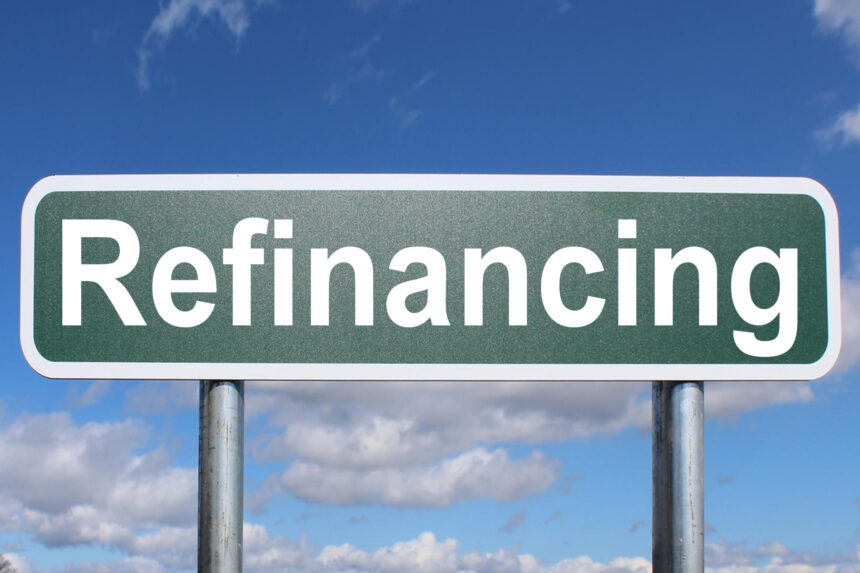Understanding Refinancing for Smarter Financial Decisions
Are you looking for ways to make smarter financial decisions? Refinancing your mortgage can be a great way to save money and secure a better deal for your future. But understanding the terms, the process, and what to watch out for is key to making sure you get the best possible deal for your situation.
What is Refinancing?
Refinancing is when you take out a new loan to pay off an existing loan (usually a mortgage). This usually happens when you can find better terms than the existing one you have, or when your circumstances have changed and you need to get a better deal. The goal of refinancing is to save money by taking advantage of lower interest rates, different loan terms, and in some cases, even to consolidate debt.
The Pros and Cons of Refinancing
As with any financial decision, refinancing has both pros and cons, and it’s important to weigh them both carefully before making a decision. The pros include potentially lower interest rates, different loan terms (such as longer repayment periods), and saving money on closing costs. The cons are that you might end up paying more on your loan, have to pay new closing costs, and might need to pay mortgage insurance. It’s important to weigh these carefully before making a decision.
Things to Consider Before Refinancing
When considering refinancing your mortgage, there are some key factors to think about. First, it’s important to consider how long you will be in your current home. If you plan on moving soon, refinancing may not be the best option. Additionally, you should look at your current credit score. If it has dropped since the last time you applied for a loan, this might affect your new loan terms. Finally, consider any prepayment penalties associated with your current loan. It’s important to factor these in before deciding on a refinancing option.
The Refinancing Process
Once you’ve decided to move forward with refinancing, the process begins. The first step is to gather all the paperwork associated with your existing loan. This will include your current loan amount, the balance due, what you owe each month, and any prepayment penalties. Next, you’ll need to shop around for a good lender. Doing research and comparing rates from different lenders will help you get the best deal.
The next step is to submit your application for pre-approval. Along with your paperwork, you’ll need to provide proof of income and other financial information. Once approved, you’ll be able to start the process of refinancing. From there, you’ll go through closing and sign all the necessary paperwork. Once the loan is finalized, you’ll be free to start making your new payments.
Conclusion
Refinancing your mortgage can be a great way to save money and secure a better deal for your future. It’s important to understand the process, weigh the pros and cons, and consider any factors that may affect your eligibility for a loan. By taking the time to do your research and shop around for the best rates, you’ll be able to make a smarter financial decision when it comes to refinancing your mortgage.

